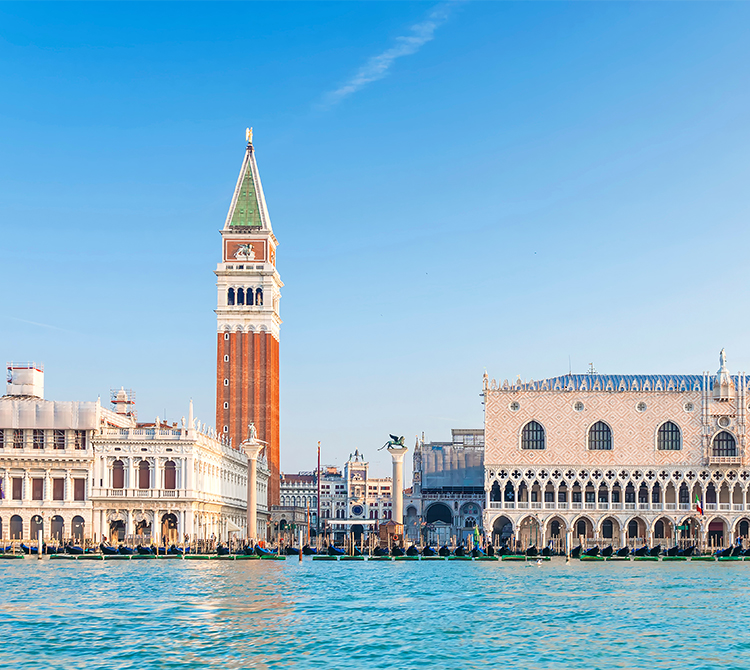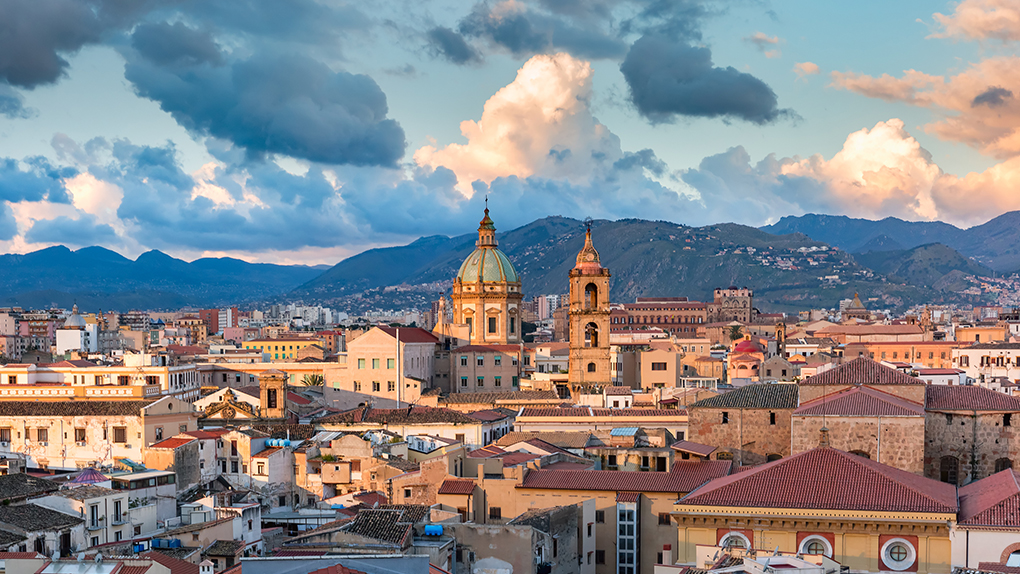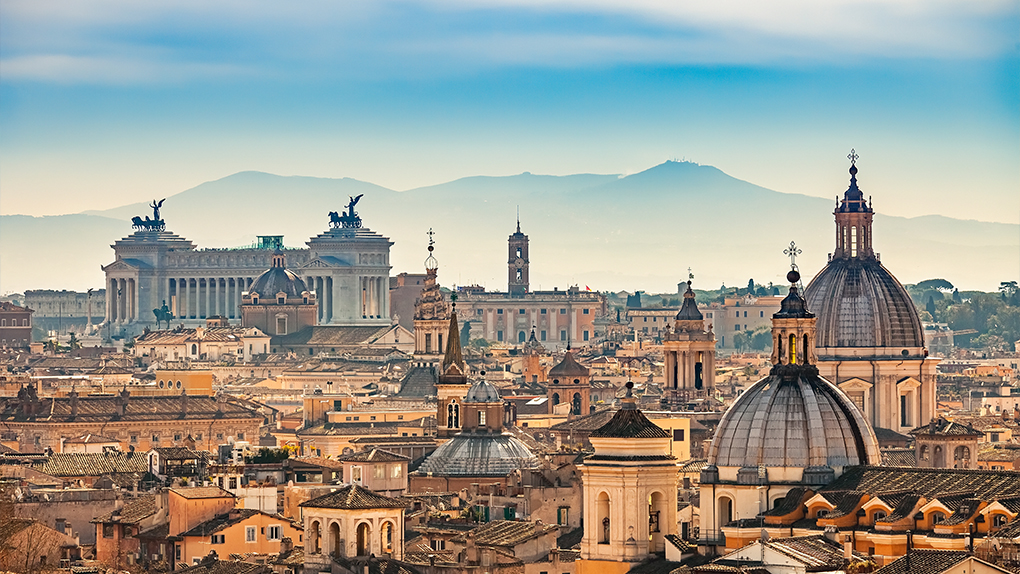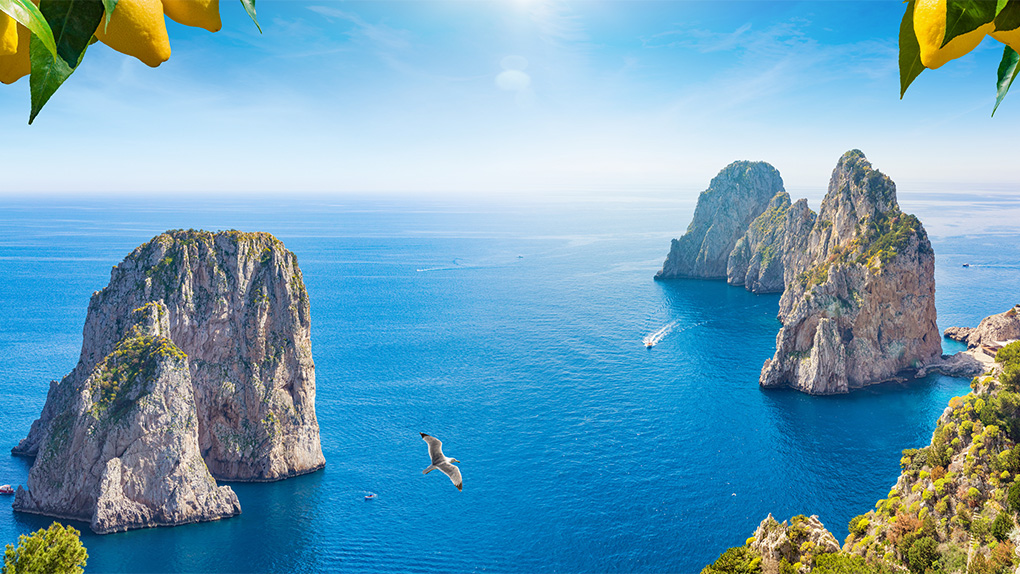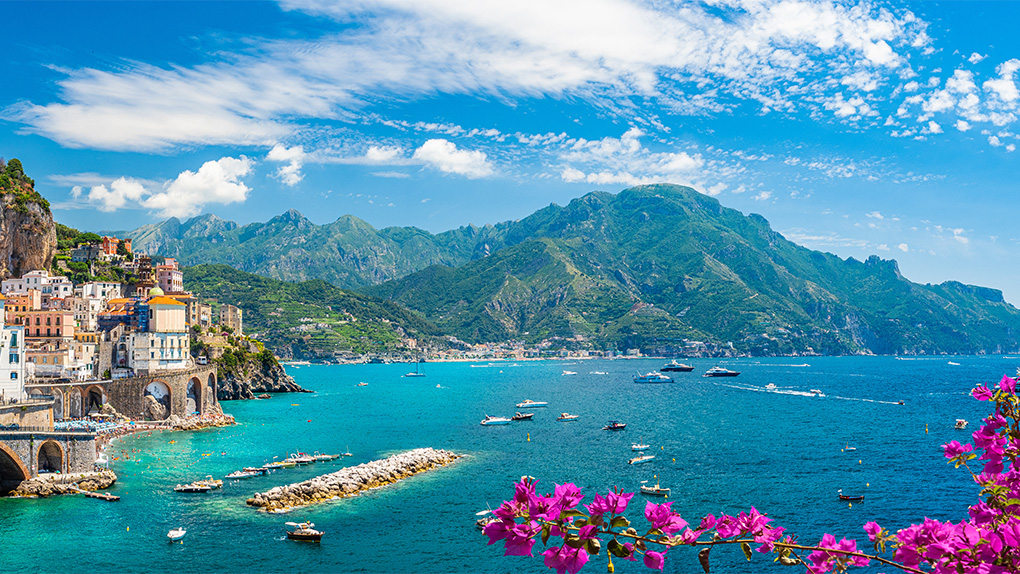Venice is a world-renowned tourist destination, with centuries of history. But there are still some things to discover about the Serenissima, and that’s why it’s worth saving.
Venice is no doubt one of the most romantic and unique cities in Italy and in the world. Its uniqueness is also its death sentence unfortunately, as climate change and other factors are causing the once Serenissima Republic to sink. In order to avoid this jewel become an European Atlantis, the World is collaborating on methods to protect it. From the MOSE dams to fundraising events like the Save Venice Ball in NYC, we all need to pitch in. Known for its one-of-a-kind architecture, canals, bridges, the Carnival and the star studded Film Festival, Venice has a lot to offer beyond these world renowned attractions. We’ve done some research and found more reasons why Venice needs to be saved, beyond the ones you know already.
Venice was built on wooden stilts
Did you know Venice wasn’t built directly on the surface of the island, but rather on stilts? Right, there are over 100.000 wooden stilts beneath the islands, which originally served as the foundations for the fishermen’s houses who founded Venice, and later became architect’s favoured form of foundations to build the beautiful buildings we see today. The earth of the islands was deemed not strong enough to support stone houses, and therefore these stilts were placed to strengthen the island by being anchored to the stronger soil at the bottom of the lagoon. The problem-solving Venetian architects went as far as to build houses directly on wooden platforms anchored with stilts to the bottom of the lagoon. Some of these stilts are still visible in a canal, which goes from Pellestrina to Chioggia.
Ciao Venice: where the most popular Italian word was invented
Did you know that the Italian word Ciao (hello) had Venetian origins? In the past, people in Venice used to greet each other by saying “s-ciavo vostro” (your servant, at your order). Then, year after year, the greeting became at first “s-ciao” and then “ciao”.
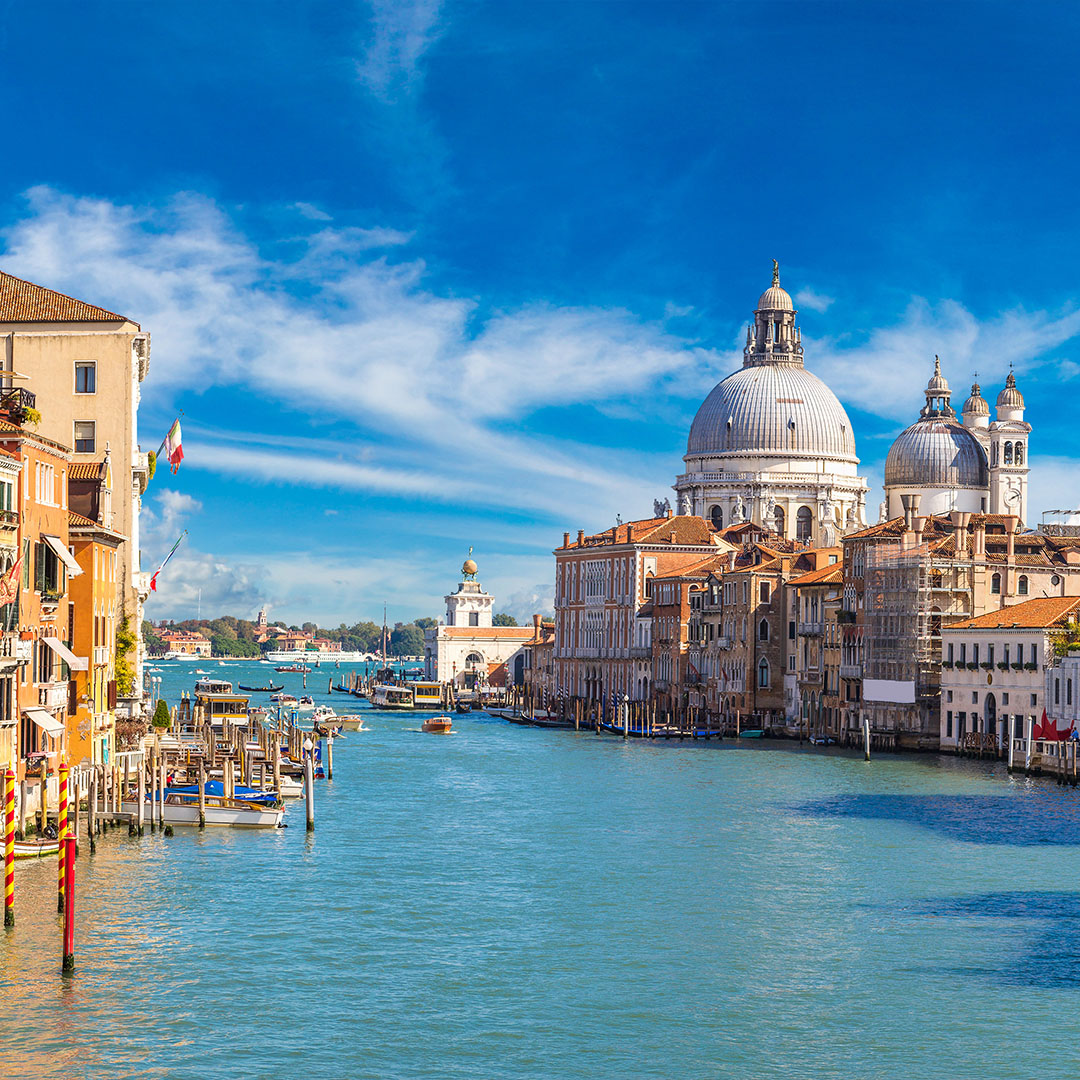
Sighing at the sight of the bridge
Notwithstanding its beauty, the Bridge of Sighs has a rather sad history to it. The bridge was built to connect the old prison in Doge’s Place with the new one just across the canal. It is said that the bridge was the last place from which convincts could see Venice before being imprisoned in their cells. Legend has it they sighed while walking over it, and thus Lord Byron gave it its name.
Venice, the city of first times
Beautiful Venice is also the city where some important historic events have taken place for the first time. Some examples? It’s here that accomplished printer Aldus Manutius invented the modern book in the mid 16th century, also the first public casino in the world was opened in 1638 and it was also here that the first woman in the world graduated on June 25 1678. Her name was Elena Lucrezia Cornaro Piscopia and she was born in Venice in 1646. Nowadays, people traveling to town can admire a memorial stone located on one side of Loredan Palace, the Town Hall of Venice.
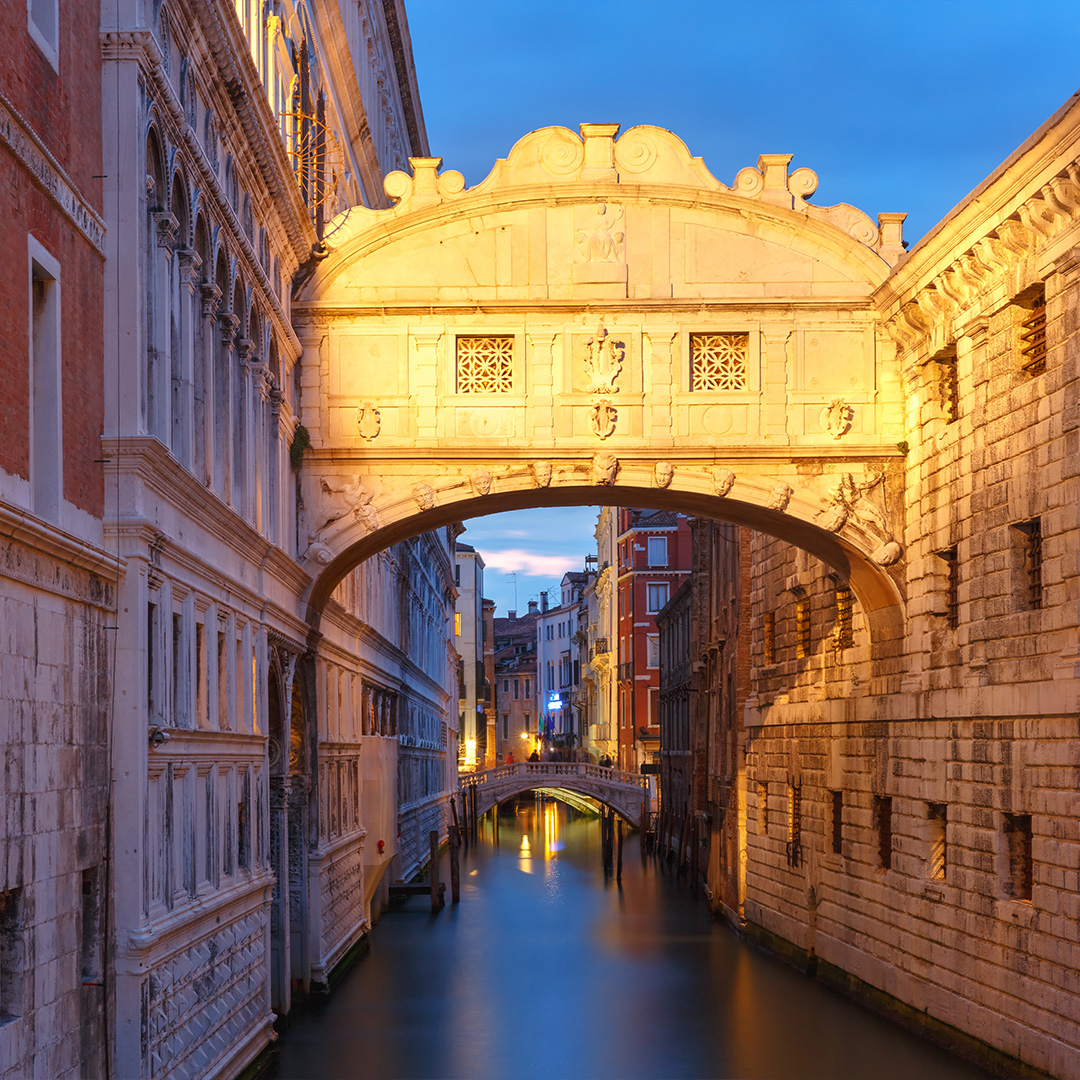
Coding Gondolas
Perhaps the most instantly recognizable symbol of the city of Venice are gondolas, the traditional boats in use for more than 10 centuries. Each of them is made of 8 different types of wood and each part is a symbol of some part of Venice (for example the front part represents six city zones, the back part is the island Giudecca and the central one stands for the Rialto bridge.)
Venice in numbers
And now let us give you some numbers to have an idea of what enchanting Venice looks like. The city boasts 417 bridges (72 of those are private), about 350 gondolas and 400 gondoliers navigating through 177 canals. Also, there are 118 islands and 127 squares (campi) in Venice with 450 palaces (170 alone on the Grand Canal). Calletta or Ramo Varisco is one of the narrowest streets in the world, measuring only 53 cm. Moreover, built more than 1500 years ago, Venice is sinking at the rate of 1-2 millimeters a year.
The real history behind the ringing bells of St Mark’s bell tower
The iconic St. Mark’s bell tower is about 98 meters high and from the top you can enjoy a stunning panoramic view over Venice. It boasts 5 bells, each of them with a curious name and function. The Malefico (Evil) was once used to announce the death sentences in the Piazzetta, the Marangona was sounded to mark the start and the end of the working day of carpenters (also called Marangoni) in the Arsenale, the Mezzana sounded every day at noon, the Pregadi announced to the senators the starting time of their meetings at the Ducal Palace, while the Trottera sounded to invite the nobles of Venice to urge their horses to a trot as not to not be late to their meetings at Palazzo Ducale.
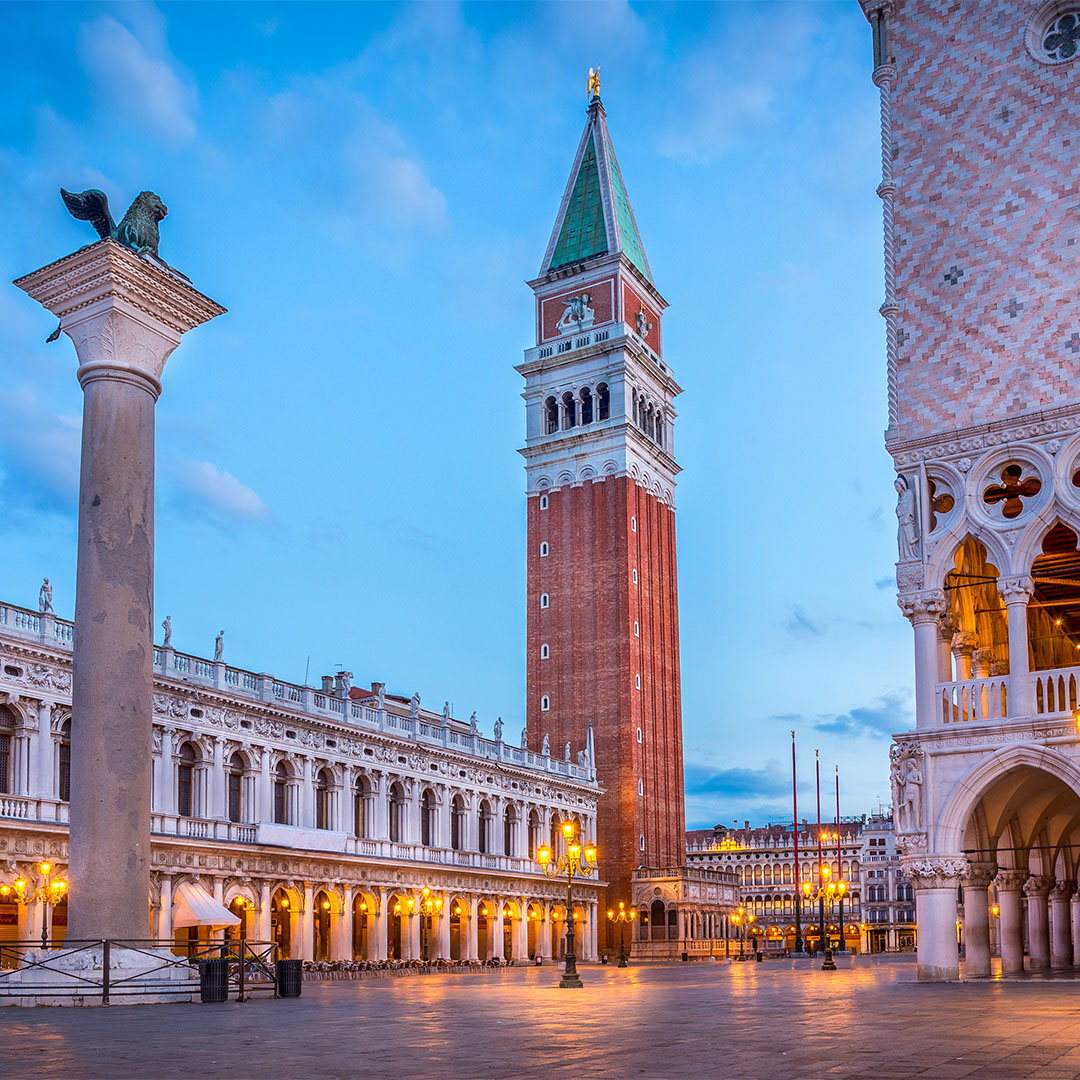
Venice Carnival masks
Perhaps one of the most beloved things for tourists travelling to Venice is the magic atmosphere you can breathe during Carnival and the mystery and charm which hide behind its traditional masks. There are 3 types of masks in Venice: Bauta, Moretta and Larva. Bauta completely covers face and usually doesn’t even have mouth hole, demonstrating guilt and hiding the identity of its owner. Moretta is an oval black velvet mask, originally worn by women during their visit to the monasteries. Instead, Larva is usually white and should be worn with the hat and the cloak.
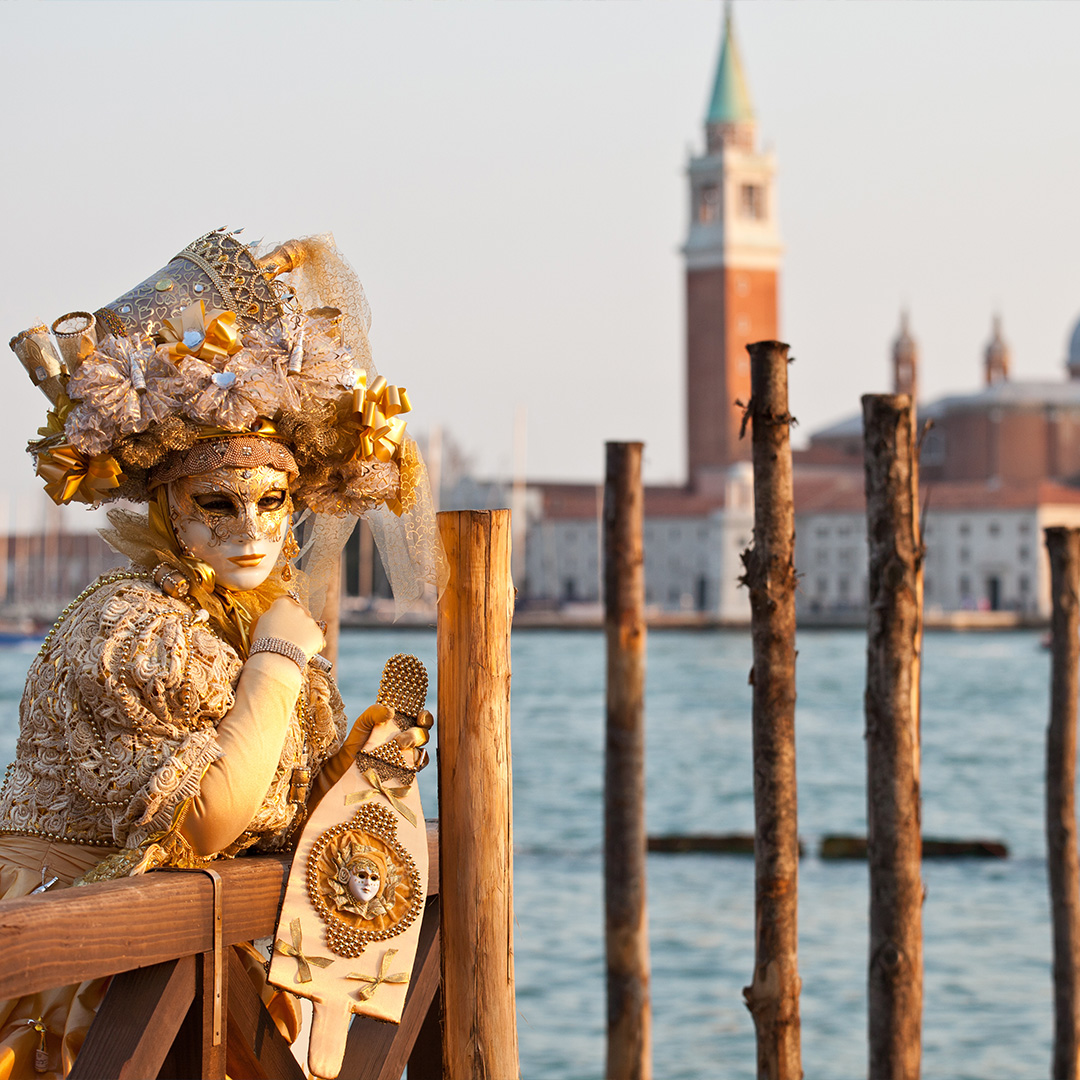
What’s behind the winged lion, symbol of Venice
The lion of Saint Mark, depicted with the wings is the symbol of the city and represents the evangelist St. Mark. It usually has a halo over its head, a book and a sword in its paws. Legend has that when St. Mark was travelling to Europe and arrived in Venice, an angel appeared and told him, “Pax tibi Marce, evangelista meus. Hic requiescet corpus tuum.” (May Peace be with you, Mark, my evangelist. Here your body will rest.)
The phenomenon of aqua alta
Venice is also known for the phenomeno of acqua alta (high water) which happens when the tide is about 9 cm above the usual. But do you know the reasons behind this natural phenomenon? Acqua alta usually happens as a result of interaction between Scirocco (the warm wind blowing from North Africa) and tides. Having discovered this, weather sites can predict when there will be acqua alta in Venice.



